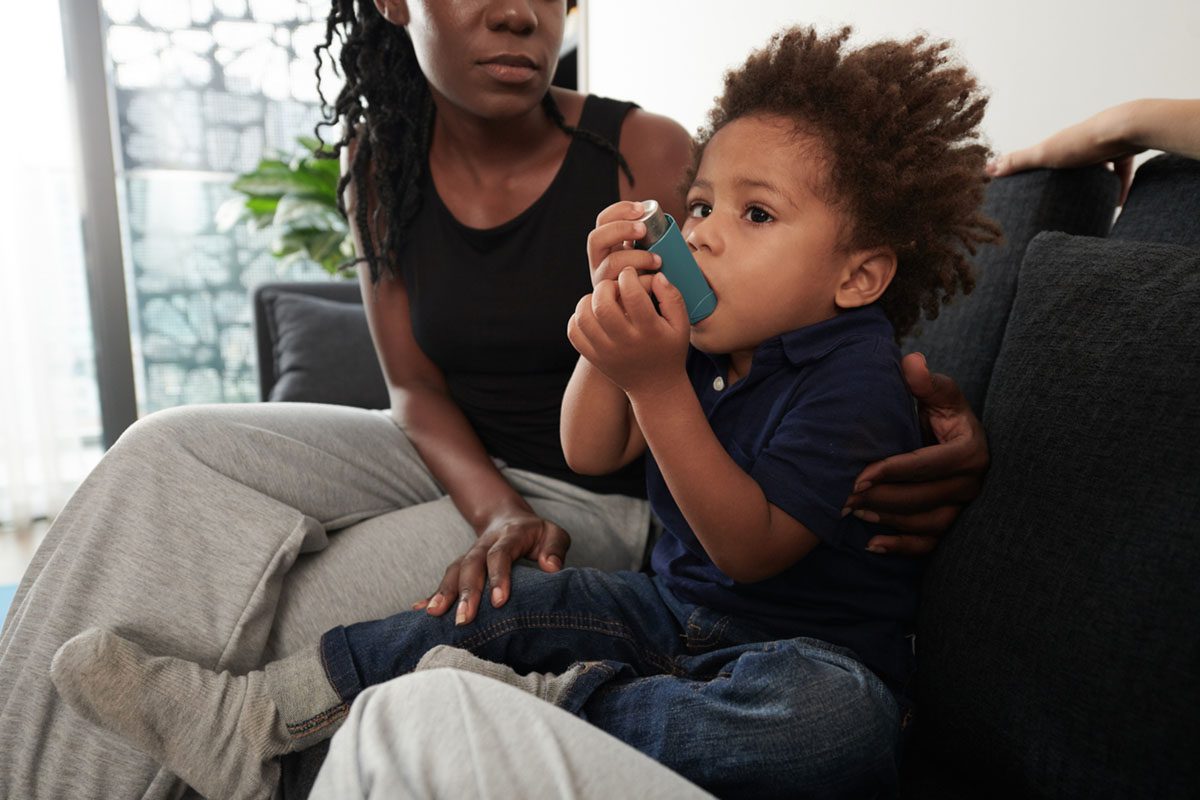
Development of Mania With Carbamazepine for Treatment of Seizure Disorder in a 7-Year-Old Boy
Previous reports of acute behavioral changes with carbamazepine are few. Most reports describe the use of carbamazepine in the context of mood stabilization in patients without seizure disorder.1,2 There is 1 previously reported case2 of carbamazepine-induced mania in an adult with seizure disorder and another1 in a boy with preexisting aggression, mood symptoms, and seizure disorder treated with carbamazepine.1,3
We describe the case of carbamazepine-induced mania during treatment of seizure disorder in an otherwise asymptomatic 7-year-old boy with well-controlled attention-deficit/hyperactivity disorder (ADHD), combined type.
Case report. Before presentation, the patient had been diagnosed at age 5 years with ADHD and had been maintained on short-acting methylphenidate 10 mg daily. His family history was positive for bipolar disorder, ADHD, and anxiety.
In the fall of 2011, the patient presented to a neurologist with 6 weeks of worsening dizzy spells. Results of neurologic examination and routine electroencephalogram (EEG) were normal. A magnetic resonance imaging (MRI) of the brain without contrast showed 2 hyperintense areas consistent with cortical dysplasia (Figure 1). One month later, he was admitted to our neurology department for worsening spells. An MRI of the brain with spectroscopy was unchanged, and a prolonged video EEG showed left occipital sharp waves (Figure 1). The clinical, imaging, and EEG findings resulted in initiation of carbamazepine for seizure disorder. From December to February, the carbamazepine was titrated to 300 mg daily (30 mg/kg/d), and his spells resolved.
Over the next 4 months, the patient developed mania with irritability, impulsivity, distractibility, psychomotor agitation, decreased need for sleep, grandiosity, mood lability, and inappropriate “giddiness” when engaging in highly aggressive, assaultive behaviors. These changes were impairing and occurred both at home and in school. His outpatient psychiatrist stopped the methylphenidate treatment in late December. But in February, his symptoms progressed off methylphenidate and on carbamazepine treatment. He was restarted on methylphenidate treatment in late February and eventually increased to 10 mg in the morning and 5 mg in the afternoon. In March 2012, his symptoms continued to worsen, and methylphenidate therapy was discontinued again.
In April, the carbamazepine was tapered off. By May, the patient was completely off carbamazepine treatment and exhibited a dramatic return to baseline with no evidence of mania or aggression. He was restarted on methylphenidate therapy in May for mild inattention with a final dose of 10-mg long-acting methylphenidate every morning and 5-mg short-acting methylphenidate every afternoon. For 2 years now, he has been asymptomatic and maintained only on the aforementioned regimen of methylphenidate.
Discussion. In susceptible children exposed to carbamazepine, there is a paradoxical increase in irritability and aggression and, in some documented cases, frank mania.1,3 Symptoms are often refractory to treatment with mood stabilizers and can be additive with other psychoactive agents that have a known neuroexcitatory potential.1,3 Resolution occurs quickly with withdrawal of carbamazepine.1,3 The known psychotropic and anticonvulsant properties of carbamazepine make it unusual that carbamazepine would induce a neuroexcitatory effect.2,4 Carbamazepine is a tricyclic anticonvulsant, and its chemical structure mimics that of many tricyclic antidepressants.1 The neuroexcitatory effect may be similar to that seen with exposure to antidepressants in individuals with a propensity for a “manic switch.”1,3
Carbamazepine increases synaptic monoamines by stimulating their release and inhibiting reuptake, which could potentiate a manic state.1,3 Alternatively, carbamazepine may act as an irritant to the central nervous system and cause excitation of limbic structures resulting in aggression and mood lability.1 It is possible that less severe cases of neuroexcitation go undetected due to lack of impairment.1 Regardless, with administration of carbamazepine, it is important to monitor for symptoms of mania and neuroexcitation. If present, it is prudent to stop the carbamazepine and consider another agent.
References
1. Pleak RR, Birmaher B, Gavrilescu A, et al. Mania and neuropsychiatric excitation following carbamazepine. J Am Acad Child Adolesc Psychiatry. 1988;27(4):500-503. PubMed doi:10.1097/00004583-198807000-00021
2. Drake ME Jr, Peruzzi WT. Manic state with carbamazepine therapy of seizures. J Natl Med Assoc. 1986;78(11):1105-1107. PubMed
3. Reiss AL, O’ Donnell DJ. Carbamazepine-induced mania in two children: case report. J Clin Psychiatry. 1984;45(6):272-274. PubMed
4. Carrieri PB, Provitera V, Iacovitti B, et al. Mood disorders in epilepsy. Acta Neurol (Napoli). 1993;15(1):62-67. PubMed
Drug names: carbamazepine (Carbatrol, Equetro, and others), methylphenidate (Daytrana, Ritalin, and others).
Corresponding author: Nasuh M. Malas, MD, MPH, 1500 East Medical Center Dr, L5023, SPC5277, Ann Arbor, MI 48109-5277 ([email protected]).
Affiliations: Division of Child and Adolescent Psychiatry, Department of Psychiatry, University of Michigan School of Medicine; Department of Pediatrics, University of Michigan School of Medicine (Dr Malas), Ann Arbor; Department of Pediatrics, University of Pittsburgh School of Medicine, Pennsylvania (Dr Ortiz-Aguayo); and Division of Child and Adolescent Psychiatry, Department of Psychiatry, University of Pittsburgh School of Medicine, Pennsylvania (Drs Ortiz-Aguayo and Meyer).
Submitted: February 18, 2014; accepted September 10, 2014.
Potential conflicts of interest: None reported.
Funding/support: None reported.
J Clin Psychiatry 2015;76(1):e117-e118 (doi:10.4088/JCP.14cr09071).
© Copyright 2015 Physicians Postgraduate Press, Inc.






